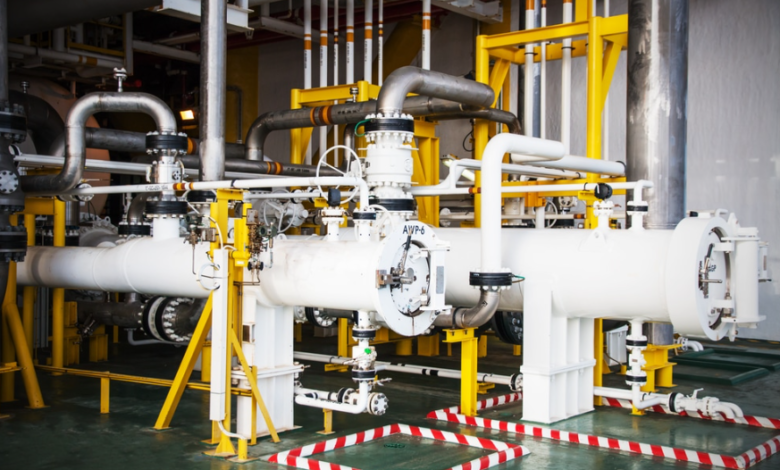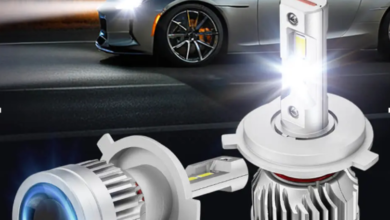How to Pig a Pipeline: A Guide to Safe and Efficient Pipeline Maintenance

Pipelines are the unsung heroes of global infrastructure. Stretching across continents and oceans, they transport everything from crude oil and natural gas to water, chemicals, and even food-grade liquids. But like any system that carries material over long distances, pipelines require regular cleaning and inspection to remain safe, efficient, and compliant with regulations. This is where pipeline pigging comes into play. If you’re wondering how to pig a pipeline, you’re in the right place.
This article explores the purpose of pigging, how it works, the types of pigs used, and the steps required to safely pig a pipeline in various industrial settings.
What Does It Mean to Pig a Pipeline?
To pig a pipeline means to insert a specialized mechanical device—called a pig—into the pipeline and push it through the system using the flow of the product or gas. The pig travels through the pipeline, performing tasks such as cleaning the inner walls, inspecting for defects, separating different products, or clearing out debris.
Pigging is typically done while the pipeline remains in operation, which means flow does not need to be halted. This makes the process both time-efficient and cost-effective.
Why Do You Pig a Pipeline?
There are several critical reasons industries choose to pig a pipeline:
- Remove Internal Build-Up: Over time, substances like wax, scale, sludge, or rust can accumulate inside the pipeline and reduce flow efficiency.
- Prevent Corrosion: Water and other corrosive substances can lead to long-term damage. Pigs can help remove these threats before they do harm.
- Inspect Pipeline Integrity: Smart pigs use advanced sensors to detect structural issues such as cracks, metal loss, and dents.
- Separate Products: In pipelines that carry multiple types of fluids, pigs ensure that the substances do not mix.
- Regulatory Compliance: Pigging helps companies meet industry safety and maintenance standards, reducing the risk of penalties or shutdowns.
See also: How Do Tech Companies Source Critical CPU Components?
The Process: How to Pig a Pipeline
To pig a pipeline properly, companies follow a structured process that ensures safety, effectiveness, and minimal disruption to operations. Here’s how it typically works:
1. Preparation and Planning
Before starting, engineers assess the pipeline’s design, length, diameter, and operating conditions. Not all pipelines are “piggable,” especially older lines with tight bends or non-standard shapes.
Planning includes:
- Selecting the correct type of pig.
- Calculating flow rates and pressure levels.
- Ensuring all valves and bends are suitable for pig passage.
2. Pig Launcher Setup
The pig is inserted into a section of the pipeline known as the pig launcher. This chamber is sealed off from the pipeline and pressurized to match the flow within the main line.
Important safety checks are carried out before launch, including:
- Verifying valve positions.
- Ensuring there are no obstructions.
- Confirming pressure compatibility.
3. Pig Launching
Once the setup is complete, the pig is launched into the mainline. The flow of the product pushes it through the pipeline. As it moves, the pig either cleans, collects data, or separates fluids—depending on its function.
4. Tracking the Pig
Operators track the pig’s journey using tracking devices such as transponders, magnets, or acoustic sensors. This ensures the pig doesn’t get stuck or lost in the pipeline.
5. Pig Receiver Operation
At the end of the pipeline route, the pig receiver collects the pig. This chamber safely removes the pig from the system, allowing inspection and any necessary maintenance on the device before its next use.
Types of Pigs Used in Pigging Operations
When planning to pig a pipeline, the type of pig selected matters greatly. There are several categories:
1. Cleaning Pigs
These pigs are designed with brushes, blades, or discs to scrape and clean the interior of pipelines. They help reduce friction and prevent clogging.
2. Foam Pigs
Made from soft, open-cell polyurethane foam, these pigs are ideal for lightweight cleaning, product removal, or use in pipelines with tight bends and variable diameters.
3. Smart Pigs
These are high-tech devices equipped with sensors that perform detailed inspections of the pipe walls. Using magnetic flux leakage (MFL) or ultrasonic technology, smart pigs detect corrosion, cracks, and wall thickness changes.
4. Sealing Pigs
Also known as batching pigs, these are used to separate different fluids in a pipeline. They’re critical in systems where cross-contamination between different materials must be avoided.
Common Industries That Pig a Pipeline
The pigging process is used in multiple industries. Here’s where you’re most likely to find pigging in action:
- Oil and Gas: The largest users of pipeline pigging for cleaning and inspecting long pipelines.
- Chemical Processing: To prevent chemical contamination and improve product recovery.
- Water Utilities: Pigging helps maintain water quality by removing biological growth and sediment.
Modern Innovations in Pigging Technology
As digitalization and automation grow, so does the ability to pig a pipeline more intelligently. New innovations include:
- Real-time Data Transmission: Some smart pigs can transmit inspection data in real-time.
- AI-Powered Defect Detection: Artificial intelligence helps identify pipeline anomalies more accurately.
- Automated Pig Launchers: These reduce manual labor and enhance safety.
Such advancements allow companies to detect issues before they become problems, leading to more proactive and cost-effective pipeline maintenance.
Final Thoughts
To pig a pipeline is to take a proactive step toward operational excellence, environmental safety, and long-term asset management. Whether you’re cleaning, inspecting, or separating products, pigging ensures that pipelines operate smoothly and efficiently.
From oil fields in Texas to food factories in Europe, pigging plays a quiet but powerful role in keeping our global systems running. Understanding how to pig a pipeline properly can make the difference between efficient flow and costly downtime.
In a world where safety, sustainability, and performance are more important than ever, pigging isn’t just good practice—it’s a necessity.




